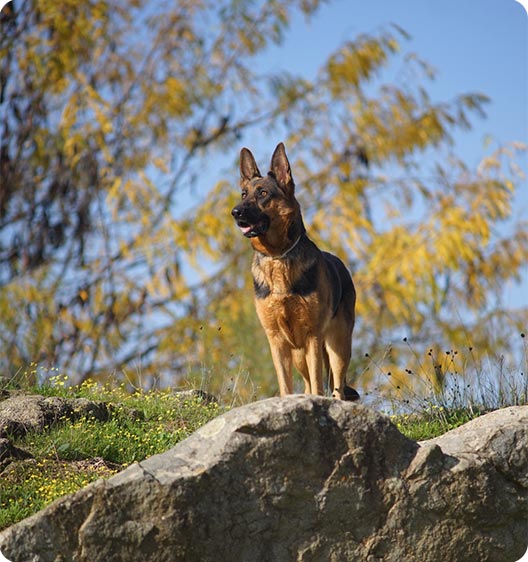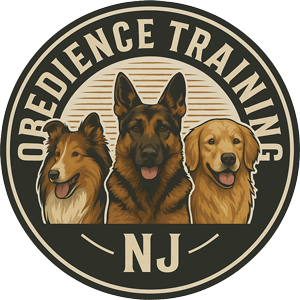
What it is?
Clicker training is a positive‑reinforcement method that uses a brief, distinct sound (the “click”) to precisely mark the instant a dog does a desired behavior, then follows with a reward.
Why trainers like it?
- Precision: The click splits time finely, telling the dog exactly what earned the reward—useful for shaping tiny steps toward complex skills.
- Consistency: The sound is neutral and repeatable, which avoids the variability of human voice and keeps feedback crystal‑clear for the learner.
- Speed: Clear feedback tends to accelerate learning and reduce frustration for both handler and dog.
Getting started (charging the clicker)
- Click, then deliver a treat immediately (a second or less).
- Repeat ~10–20 times across a couple of short sessions.
- Your dog learns click → reward. Now you can click to mark behaviors you like.

| Technique | How it works | Example |
|---|---|---|
| Capturing | Wait for the dog to offer the behavior naturally, click the moment it happens, then reward. | Dog lies down on their own → click → treat. |
| Shaping | Reinforce small, successive steps toward the final behavior. | For “go to mat”: look at mat → step toward mat → touch mat → stand on mat → settle on mat. |
| Luring | Use food or a target to guide the movement, then fade the lure quickly. | Food from nose to tail‑over‑hips to help “sit”, then switch to hand signal/word. |
When to fade the clicker?
Once a behavior is reliable and on cue, you no longer need to mark every correct repetition. Transition to variable reinforcement and everyday rewards (praise, play, life rewards).
Common Pitfalls
- Late clicks: If you click late, you mark the wrong moment. Slow down and practice timing (e.g., click a metronome or blinks on a video).
- Click without pay: Every click must be followed by a reward during training; otherwise the click loses meaning.
- Keeping the lure too long: Fade lures early so the dog responds to your cue, not the food in your hand.
FAQs
Both mark correct behavior, but a click is typically more precise and consistent than speech. Many trainers use a clicker to teach new skills and a short verbal marker for easy, day‑to‑day behaviors.
Yes. You can begin as soon as your puppy is home and eating normally. Keep sessions short (30–60 seconds) and fun.
No. The clicker is a teaching tool. After the dog understands a behavior on cue, you fade the click and move to intermittent rewards.
Indirectly. You teach and reinforce an alternative behavior (e.g., quiet on cue, go to mat) and manage triggers. The clicker helps you mark the exact moment the alternative happens.
Use small, soft treats your dog loves; toys or play for high‑energy dogs; and “life rewards” (doors opening, sniff breaks) when suitable.
Use a visual marker (thumbs‑up or light flash) or a tactile marker (gentle vibration). The principle—marker then reward—stays the same.
Quick start plan (2–3 minutes)
- Charge the clicker: 10–15× click → treat
- Capture sit: wait; the instant hips hit the ground—click → treat.
- Add cue: say “Sit” as your dog starts to offer it; click → treat.
- Test: say “Sit” once; if prompt and correct, reduce clicks over sessions.
